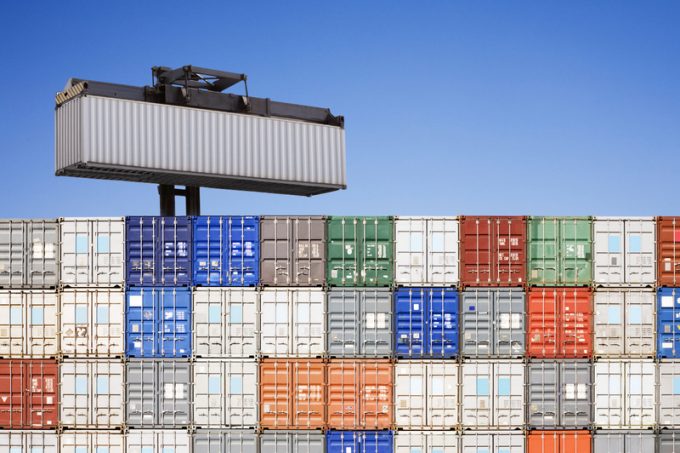Threat of rising oil price adds to frustration for crisis-hit supply chain chiefs
New warnings from the World Bank of surging oil prices, adding to the continuing instability ...

To facilitate the extra ships taken on charter due to the Red Sea crisis, ocean carriers have put a temporary moratorium on selling any containers, as well as pausing the return of equipment to lessors.
With the exception of in some isolated trades, carriers have largely been able to manage the supply of equipment across their networks, due to prompt evacuation and judicious container control; however, supply remains tight in certain regions, including India, as reported by The Loadstar yesterday.
And carriers will not want to be commercially hobbled by equipment availability problems as and when the markets settle into the new ‘new normal’ of transits around the Cape of Good Hope.
When the Cape diversions began in earnest, it was estimated that shipping lines were sitting on a global surplus of around 5m teu, accumulated during an ordering spree triggered by the huge spike in pandemic-induced demand, resulting in chronic port and landside congestion.
However, in its Container Equipment Forecaster report in November, Drewry said it expected the global fleet to have contracted by 2.6% last year, with a further decrease predicted for this year, as carriers ramped up efforts to retire some of their ageing boxes and return as much equipment as possible to leasing companies.
At that point, thousands of surplus boxes, a global equipment fleet of some 55m teu, were stacked up in empty-container depots, incurring storage charges on top of their daily lease-hire rates. It was an issue that became a top priority for lines desperate to slash operating costs against a background of tumbling freight rates and declining revenue.
In the early days of the Red Sea disruptions, before the temporary new networks kicked in and the supply chain adapted to longer voyage times, several lines warned of equipment availability issues, particularly in China ahead of the traditional lunar new year cargo rush.
Some carriers decided to offer nervous shippers equipment availability guarantees by way of premium surcharges, but this was relatively short-lived, with several shippers telling The Loadstar they were not having any issues with container supply.
Nevertheless, according to online container leasing and trading platform Container xChange, one-way leasing rates from Chinese ports to, for example, US destinations, have soared by over 200% since November.
CEO and co-founder of Container xChange Christian Reoloffs attributed the spike in leasing rates to “a notable shift in supply-demand dynamics”.
He explained: “While the pre-Chinese New Year surge contributed, it was the disruptions caused by the Red Sea rerouting that served as the primary catalyst for the shooting up of leasing rates for containers.”
Meanwhile, it follows that the major container leasing firms are enjoying another boost from an increase in demand for equipment.
Indeed, Textainer, the second-largest container lessor, with a fleet of 4.3m teu and about to be acquired by private equity firm Stonepeak in a $7.4bn deal, said it had delivered a “solid full-year and Q4 result”.
President and CEO Olivier Ghesquiere said fleet utilisation “had increased to its highest level of the year, at 99.3%, at the end of the fourth quarter”.
Comment on this article